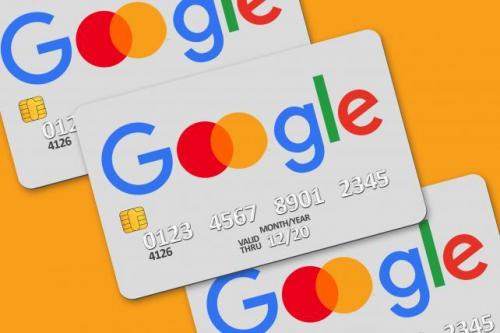Over the past year, certain Google advertisers have been able to use a “potent new tool” which allows them to track whether ads they run online translated to sales at physical stores throughout the United States, thanks to a secret deal between the Silicon Valley tech giant and Mastercard, reports Bloomberg.Â

Illustration: Tam Nguyen, AdAge
Most of Mastercard’s two billion customers weren’t aware of this arrangement, since neither Google parent Alphabet Inc. nor the credit card company told the public about the deal which was brokered after four years of negotiations. The alliance, says Bloomberg, “gave Google an unprecedented asset for measuring retail spending,” as part of the search giant’s “strategy to fortify its primary business against onslaughts from Amazon.com Inc. and others.”Â
Through this test program, Google can anonymously match these existing user profiles to purchases made in physical stores. The result is powerful: Google knows that people clicked on ads and can now tell advertisers that this activity led to actual store sales.
It works like this: a person searches for “red lipstick” on Google, clicks on an ad, surfs the web but doesn’t buy anything. Later, she walks into a store and buys red lipstick with her Mastercard. The advertiser who ran the ad is fed a report from Google, listing the sale along with other transactions in a column that reads “Offline Revenue” — only if the web surfer is logged into a Google account online and made the purchase within 30 days of clicking the ad. The advertisers are given a bulk report with the percentage of shoppers who clicked or viewed an ad then made a relevant purchase. –Bloomberg
Last year Google boasted that that the service, called “Store Sales Management,” had access to “approximately 70 percent” of US credit and debit cards.Â

